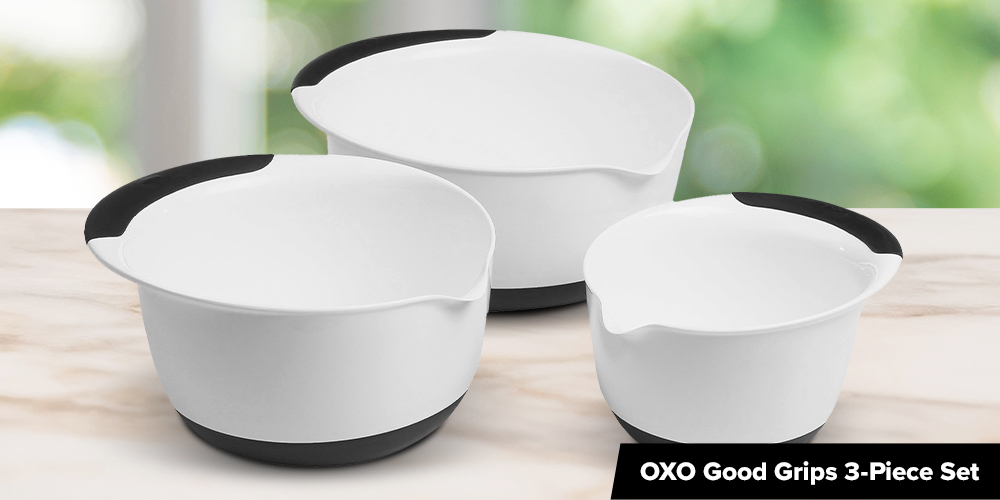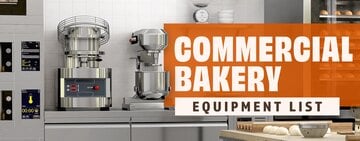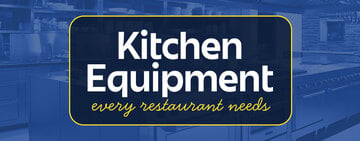When choosing the best mixing bowls for your commercial kitchen, there are several factors to consider. Every commercial kitchen has different needs and preferences, making it essential to identify the mixing bowl that suits those requirements. To make an informed decision, account for various features and design aspects and consider your menu and the type of dishes you prepare.
Material
Material is one of the most significant factors when choosing a bowl. The three major mixing bowl materials are stainless steel, glass, and plastic.
- Stainless steel mixing bowls: Stainless steel mixing bowls are durable, resistant to stains and odors, and easy to clean. They are also light weight and do not retain flavors, ensuring that the taste of your ingredients remains pure.
- Glass mixing bowls: Glass mixing bowls offer transparency that allows you to monitor the mixing process. Glass bowls are non-reactive, making them ideal for acidic ingredients, and they can also be used for both mixing and serving.
- Plastic mixing bowls: Plastic mixing bowls are light weight, cost-effective, and come in several colors. They are ideal for mixing batters and other non-acidic ingredients, but may not be as durable as stainless steel or glass bowls. For that reason, they are not used as frequently in commercial kitchens.
Volume
When choosing mixing bowls for your commercial kitchen, consider the volume that each bowl can carry. The volume of a mixing bowl is typically measured in quarts, with sizes ranging from 1 quart to 20 quarts or more. Small mixing bowls are ideal for melting ingredients, whisking dressings, or beating eggs. On the other hand, large mixing bowls are ideal for heavy-duty mixing tasks, such as making dough, preparing batter, or mixing large quantities of ingredients. Having a variety of bowl sizes in your kitchen allows for versatility in food preparation.
Shape
The shape of your bowl significantly impacts its function and utility in various culinary tasks. Different recipes and cooking techniques call for different types of bowls to achieve optimal results.
- Short and wide: Short and wide bowls are particularly well-suited for tasks that involve whipping and whisking ingredients. The broad surface area allows for efficient incorporation of air into the mixture, making these bowls ideal for creating light and airy textures in recipes.
- Tall sides: Bowls with tall sides are best suited for use with mixers, as the height helps contain splatters and prevents ingredients from spilling over the sides during mixing. This feature is especially beneficial when working with dense batters or liquids that tend to splash.
- Flat bottom: Flat bottom bowls are perfect for chefs requiring stability. The flat base ensures the bowl remains steady on the countertop, preventing it from shifting or tipping over during vigorous mixing processes. This stability is essential for tasks that involve heavy ingredients or rigorous mixing techniques.
- Round bottom: Round bottom bowls offer more flexibility and a larger range of movement. The curved shape allows you to easily manipulate the bowl and reach all areas of the mixture, making them ideal for tasks that require thorough blending and folding of ingredients.
Cleaning
Your bowls should be easy to clean to save time and maintain efficiency in the kitchen. While not all mixing bowls will be dishwasher safe, they should allow you to quickly clean them in the sink. Look for mixing bowls that are less likely to retain odors or stains. Additionally, consider the design of the mixing bowl - smooth, non-porous surfaces are easier to clean than bowls with intricate patterns or textures. Always follow the manufacturer's instructions for the care and maintenance of your mixing bowls, and be mindful of any specific cleaning agents or techniques that could cause damage.










